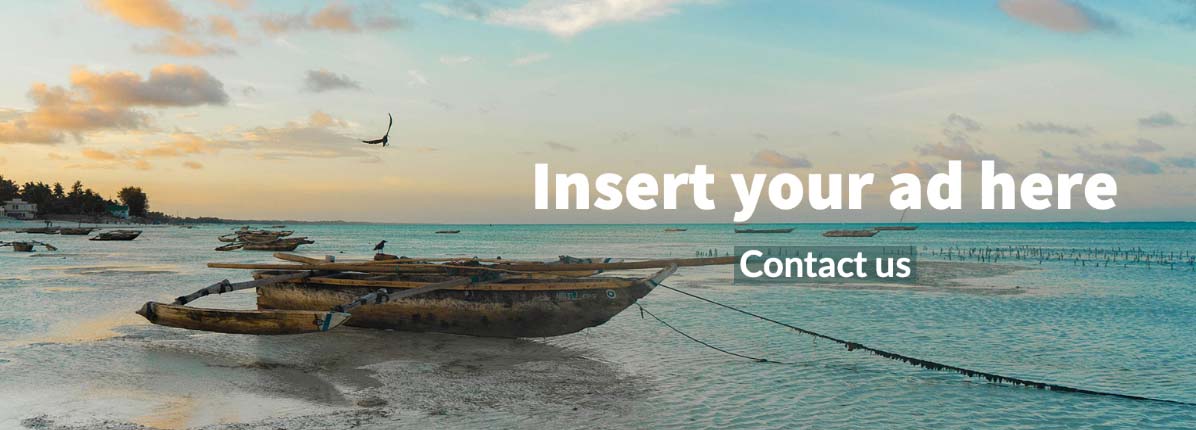Three years ago, Bart van Schilt did what no one else had done before: he ran five ultra marathons in one year. These are the toughest running races in the world, through deserts, mountains and even in the snow of Antarctica. In his record year Bart ran through the Moroccan Sahara and the Namib in Namibia. “Believe it or not, but the biggest difference between those two deserts is the smell.”
Still the best at something
“Actually, I’ve been a sportsman for years. Cycling and running: I’m pretty good at it, but not the best,” says Bart van Schilt. “I won’t win any marathons, my body just isn’t built for that.” Although it doesn’t stop the athlete from participating. So Bart runs his first ultra marathon through the Sahara in 2015 and it finally clicks for him: “I may not be the fastest, but I’m incredibly good at persevering on tough routes.” Upon returning home, the athlete discovers that the record for most ultra marathons in a year stands at four. “So my goal became to run five ultras in a year.”
Ultra marathons are extreme running events in difficult conditions
Through deserts, mountains and even the icy cold of Antarctica; these are the toughest marathons in the world. The marathon in the Moroccan Sahara is the king among all ultra marathons with the most participants of all. Bart ran it for the first time in 2015 and learned a lot from it: “First of all, I had brought too much, my backpack was too heavy. Walking around with long sleeves turned out not to be necessary either, good lubrication works just as well, and it’s a lot more comfortable. Every day you end up running on fumes, everything hurts toward the end. Getting up in the morning is hell. But walking there, that whole experience; it’s more than worth it!”
The record year
With the first marathon in the Sahara, Bart starts his record year in the spring of 2018. The mandatory items such as a blister box and a compass are included. “Not that you really need the compass; all the flags easily point the way.” With one pair of running shoes, a mat and a sleeping bag, a handful of clothes and his sand goggles, Bart is ready to start. “In terms of food, the organization makes us bring a minimum number of calories. For convenience and to keep the weight light, this is particularly of that astronaut food,” chuckles the runner. He continues: “It’s not that bad at all. Add a little hot water and it makes for a fine meal.” In addition, there is a mandatory water point every ten kilometers on a stage. “If you don’t drink water and don’t get your drink stamp, it leads to penalties for your race.”
This time, the Sahara is already familiar territory for Bart. He has his clever tricks: “Because so many people participate here, following the route is not too difficult. The footsteps are already in the sand. But those footsteps also have a disadvantage, because it makes the sand much looser, and loose sand is hard to walk on.” That’s why he walks just a few feet to the left or right of the main path. “Untouched sand is actually quite firm. It may not run like a paved street, but it’s sturdy enough for a good run.”
The scent of the Namib
His next marathon in Namibia is again through a desert: the Namib. As far as Bart is concerned, the two deserts are not very different. One specific difference is still fresh in his mind: “The Namib stinks!” Bart laughs. “Yes, really! I don’t know why, but the Namib doesn’t smell fresh. Maybe because the desert runs along the ocean. Here and there you’ll find carcasses of dead seals, which certainly doesn’t help the smell. Or maybe it’s the salt from the sea. There’s also a lot of salt mining there. The smell, that’s really the difference for me.”
The runner also noticed that there is much more wind in the Namibian desert. “I suspect this also has to do with the ocean.” That’s why he was very happy with the sand goggles he brought along: “It may sound a little silly, but I really swear by those disposable, wet wipes. You can use them to easily make yourself sand and dust free. Anything easy is nice with these kinds of races.”
All in your head
The harsh conditions sound discouraging. Bart’s family also questioned his decision. “People thought it would be too hard for me. But I’m not going to let that stop me. I had my sights set on it and I had to do it.” Bart doesn’t fear the pain: “All pain is temporary, sooner or later it will go away. Giving up is also a bit pointless, because you’ll be standing there in the middle of the desert. You might as well keep going,” says the runner.
“It’s all in your head. You know in advance that it will be hard and that it will hurt. You mentally prepare yourself for that.” According to Bart, you can almost mathematically calculate when it’s going to hurt. “Suppose you run a stage of a hundred kilometers, you put your mind to that. At about eighty kilometers the pain starts and you cross the finish line at the end of your rope.” The final stage of an ultra marathon is usually a shorter one for fans and the media. “The crazy thing is that the exact same thing happens here. Then the stage is only ten kilometers and everything starts to hurt around eight kilometers. That is the hardest part.”
Perception of a desert
After three more marathons in the Mongolian Gobi desert, the Atacama in Chile and the frozen wasteland of Antarctica, Bart completes his record. Back in the Netherlands he notices something when people ask him about his marathons: “The image that we Flemings and Dutch have of a desert is not correct. Everyone thinks I have walked through an endless sandpit with high dunes. But most of the desert is not like that at all. There are mountain ranges in it and large paved clay slabs. Sometimes even stone bases of black-colored basalt. You have to be careful though, because that black stone is scorching hot.” Bart laughs: “The desert is so much more than sand.”
His tough record year certainly didn’t discourage him. “I’d do it again in a heartbeat,” Bart says. “Actually, I was going to run in Georgia this year, but unfortunately that didn’t work out.” But he is already looking for his next challenge: “Now I am making plans to run and cycle home from Malaga in sixteen days. That’s about four thousand kilometers, of which I want to walk and cycle a part every day.”
PS. You don’t have to be a sportsman to visit the breathtaking Sossusvlei dunes.


Recent Comments